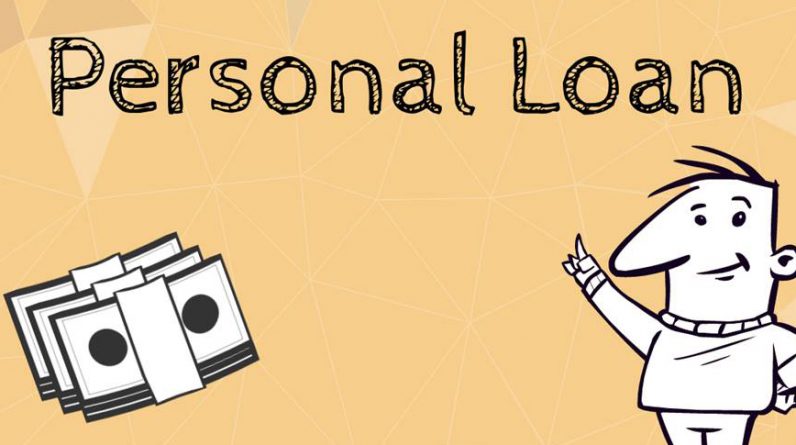What is the Difference Between An Overdraft Facility and A Personal Loan?
Are you still confused which one would you prefer between overdraft facility and a personal loan? Then, it is better for you to learn first the essential difference between the two for you to decide which one is a better option.
Here, you will be able to discover what really overdraft and personal loan are. Also, you will know the difference of each from one another.
What is an Overdraft?
An overdraft refers to the agreed variable amount of borrowing with your bank up in setting a limit. It is considered to be a great option when you are with short-term financial requirements, including the equipment purchases or operating expenses. Here, you are given a chance to repay the borrowed amount quickly. Also, you are only obligated to pay the money you borrowed.
Furthermore, an overdraft can be considered as a facility where you can have the ability to withdraw or avail a particular limited amount as an overdraft from your account. This will be based on your bank transactions and eligibility and is fixed by the bank.
What is A Personal Loan?
A personal loan is a type of loan having fixed terms with repayment schedules. So, you have the opportunity to plan expenditure as well as cash flow making it less flexible compared to overdraft.
Through personal loans, you can borrow a more substantial amount of money. This means that they can be a better choice for long term purchases with high value. On the other hand, if you fail to pay back the loan or you miss a payment, chances are you can encounter financial troubles and damage your credit ratings.
In a personal loan, the repayment is typically made upfront in installations or one go. Then, the interest rate is defined as per a loan. You are obligated to repay the borrowed amount per monthly EMIs based on the loan tenure as well as terms and conditions.
What are The Significant Differences?
When you consider applying for a personal loan, the bank will credit the amount to your account. Once that the amount is disbursed, a levy of interest will start immediately. Meaning, whether you used the money or not, you are required to pay the entire amount’s interest.
In case that you choose an overdraft option, you are not required to pay the interest not until you withdraw the money. The interest will be charged according to the used amount the same with a credit card where the charged interest is based on the entire limit.
When short-term financial requirements are involved, it is better for you to choose overdraft than the personal loan. However, if you feel that you will need more funds and more time required to repay, it is recommended to convert into a personal loan.
To help you decide, always consider a personal loan when you require for higher purchase value while preferring an overdraft facility if you are in need of short-term operating expenses.


